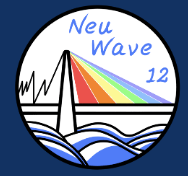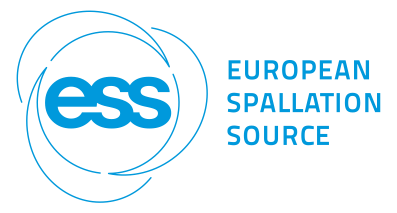Speaker
Description
Recently developed event-driven detectors capable of resolving spots of light induced by particle interactions in scintillators opened up new perspectives for detector systems with a concept that fuses the benefits of integrating camera type with counting type detectors 1. A major drawback for many existing detectors is the tradeoff between temporal and spatial resolution. As such, frame-based camera type detectors with sub millimeter spatial resolution often provide comparatively low temporal resolution in the millisecond range with typically high readout noise, e.g. CMOS or CCD cameras. On the other hand, counting type detectors with sub microsecond temporal resolution and low readout noise, such as PMT or SMT type detectors, often come with pixel sizes in the mm range or larger.
Fundamental to fuse these two types of detectors is the capability of reading individual pixels of imaging sensors with high temporal resolution, such as is the case for the timepix3 sensor. This is achieved via sparse readout, eliminating the need of processing empty image data. Utilizing a light sensitive timepix3 sensor in combination with an image intensifier, the detection of individual neutron interactions led to a significant increase in spatial and temporal resolution beyond the classical limits of regular neutron imaging 1 via reconstruction of the center-of-mass of individual particle interactions (see figure 1).

Based on this capability, new detectors emerged that allow for time-of-flight imaging using an adjustable field-of-view, ad-hoc binning and re-binning of data based on the requirements of the experiment, including the possibility of particle discrimination via the analysis of the event shape in space and time. It is considered that this novel concept will replace regular cameras in imaging detectors for many applications as it provides superior detection capabilities compared to conventional camera systems, shaping the future of a new generation of detection systems.
1 A. Losko, Scientific Reports, 11, 21360 (2021).
| Abstract Topic | Detection systems and devices related to neutron imaging |
|---|

